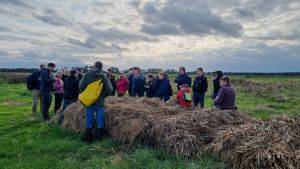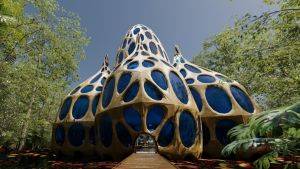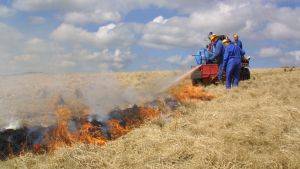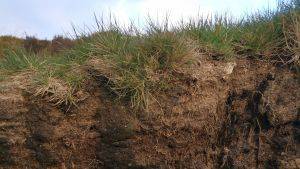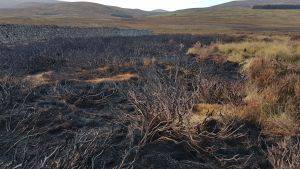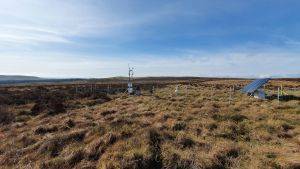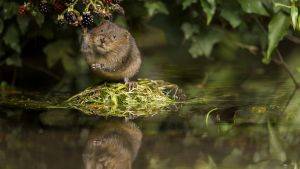Nature can be our ally in responding to the twin crises of biodiversity loss and climate change. A wide variety of nature-based solutions such as tree planting and peatland restoration have the potential to help. They can assist in different ways, for example through carbon sequestration, flood risk reduction and improved environments in our towns and cities.
The BES report is the first to offer a complete assessment of the potential of nature-based solutions in the UK. Led by world-class independent scientists and incorporating contributions from over 100 experts, it explains how nature-based solutions can be implemented to and adapt to climate change and benefit biodiversity. Importantly, it addresses their limitations and the inevitable trade-offs involved.
Hear the headline findings at the launch of the British Ecological Society (BES)’s landmark report on nature-based solutions for climate change.
Hosted by Rt Hon Philip Dunne MP, Chair of the Environment Audit Committee of the House of Commons, lead authors will take you through the recommendations of the report and answer your questions.

